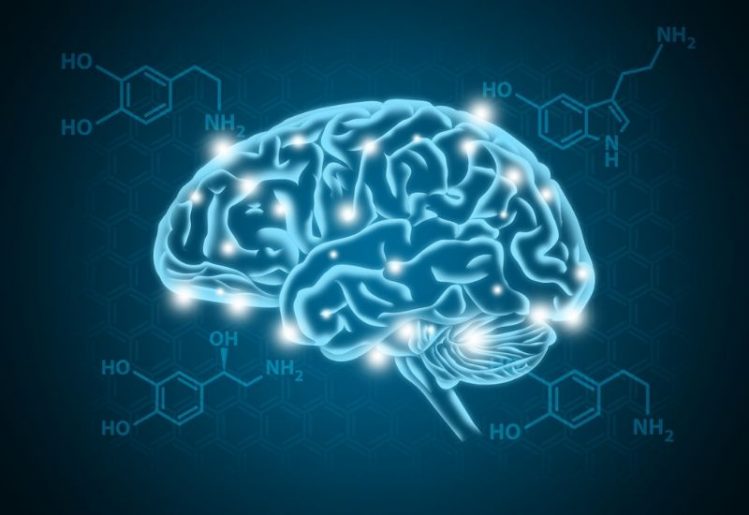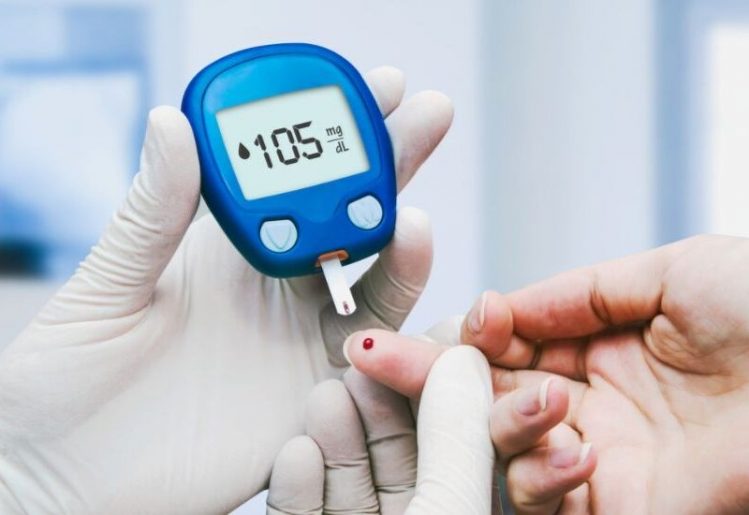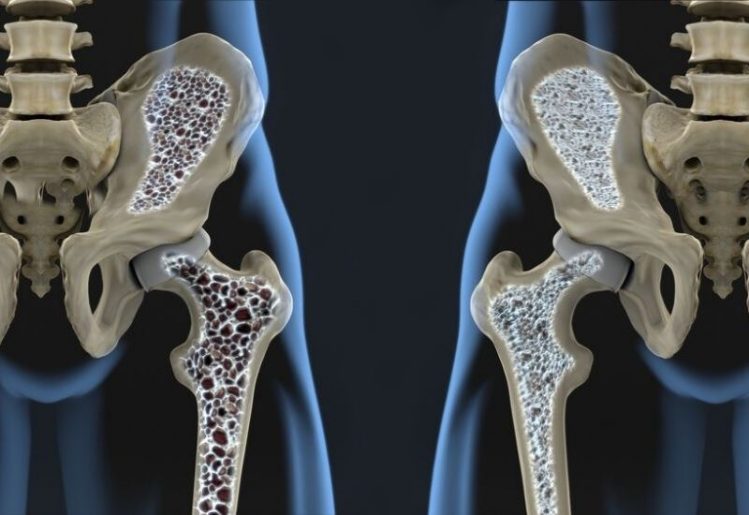The heart is a muscle that pumps life-giving blood throughout the body, delivering oxygen and important nutrients while removing damaging carbon dioxide and other waste products. When the heart and blood vessels become damaged, this crucial pumping system stops working properly. The host of health problems that ensue are collectively known as cardiovascular disease or heart disease. Cardiovascular disease is the leading cause of death in the United States.
High blood pressure is just one of many risk factors for cardiovascular disease. Blood pressure is expressed in two numbers: one on top (systolic reading) and one on the bottom (diastolic reading). Previously, the medical world considered the systolic blood pressure reading to be the best indicator of cardiovascular disease risk. However, new research indicates that both systolic and diastolic blood pressure influence the risk of cardiovascular disease.
Types of Heart Disease
 Several health problems related to heart and blood vessel disease can be traced to a condition called atherosclerosis. Atherosclerosis occurs when a substance called plaque builds up in artery walls, making it harder for the blood to flow through the arteries. If this plaque breaks loose, a blood clot can form and completely block the flow of blood to the heart or brain, leading to a heart attack or stroke.
Several health problems related to heart and blood vessel disease can be traced to a condition called atherosclerosis. Atherosclerosis occurs when a substance called plaque builds up in artery walls, making it harder for the blood to flow through the arteries. If this plaque breaks loose, a blood clot can form and completely block the flow of blood to the heart or brain, leading to a heart attack or stroke.
If blood flow to the heart is blocked, causing a heart attack, the section of the heart that the artery supplies starts to die. When a blood vessel to the brain becomes blocked, the result is an ischemic stroke. This is the most common type of stroke, and it causes a loss in the functioning of that part of the brain. If a blood vessel in the brain bursts, it causes a hemorrhagic stroke. This type of stroke is most often related to high blood pressure.
Congestive heart failure is a type of cardiovascular disease in which the heart doesn’t pump blood efficiently. The heart doesn’t stop beating, but the body’s supply of oxygen and blood is diminished. It left untreated, this condition will worsen. Another problem that can occur with the heart is that it may begin to beat irregularly, or too fast or slow. This condition is called arrhythmia, and it can also adversely affect the body’s supply of blood and oxygen.
The valves in the heart also play a role in healthy circulation. A condition called stenosis occurs when the valves don’t open wide enough to let the blood flow as it should. When valves don’t close properly, blood leaks through causing a condition called regurgitation. If a valve bulges back into the heart’s upper chamber, it causes a serious condition called prolapse.
Risk Factors for Heart Disease
Some risk factors for heart disease can be controlled, while others can’t. The risk of developing heart disease goes up with age, and statistics show that men over 45 and women over 55 are at a greater risk. Caucasians are less likely than African Americans to have heart disease. Hispanic Americans are at a lower risk, and East Asians have less of a chance of getting heart disease than South Asians. A family history of heart disease is also a factor, and increases risk.
The risk of heart disease can be controlled by having a healthy lifestyle. High levels of fat in the blood (cholesterol and triglycerides) can clog arteries and lead to a heart attack. These fats in the blood can be managed with diet, exercise and medication if needed. A diet low in sodium, sugar and fats along with exercise lowers fats in the blood and helps control blood pressure. Smoking, excessive alcohol use, stress and inadequate sleep are other risk factors for heart disease that can be controlled. It’s important for those who have diabetes to keep the condition under control as it can also lead to cardiovascular problems.
Systolic Versus Diastolic Blood Pressure
Since high blood pressure is a major risk factor, doctors and researchers place much emphasis on controlling it. Everyone, especially older adults and those who have high blood pressure, should have it checked often. Understanding blood pressure readings is also critical. Systolic blood pressure is the upper number in a blood pressure reading. It measures how hard blood is pumped into the arteries. Diastolic pressure, the bottom reading, shows the pressure during the heart’s rest in between beats. The American Heart Association considers numbers below 120/80 millimeters of mercury (mm Hg) to be normal. If the systolic reading is consistently greater than 130 mm Hg and the diastolic blood pressure is more than 80 mm Hg blood pressure is considered to be high.
For decades, doctors have usually placed more emphasis on systolic blood pressure considering it to be a major risk. However, results of a new study conducted by Kaiser Permanente run counter to that belief. In the study, which was the largest of its kind, researchers examined more than 36 million blood pressure readings from over a million people. They looked specifically at how both diastolic and systolic blood pressure influenced the occurrence of heart attack and stroke over a period of eight years.
Ultimately, they discovered that while systolic blood pressure is slightly more indicative, both components of blood pressure can predict risk of heart attack and stroke. Lead study author Alexander C. Flint, MD, Ph.D. claims that “Every way you slice the data, the systolic and diastolic pressures are both important.”
Natural Ways to Help Prevent Heart Disease
 It has been established that a healthy diet is essential for good heart health. A good diet should include a range of vitamins and minerals including B vitamins, calcium, magnesium, folic acid and certain amino acids. A Western diet high in processed foods can leave the body depleted of these necessary nutrients.
It has been established that a healthy diet is essential for good heart health. A good diet should include a range of vitamins and minerals including B vitamins, calcium, magnesium, folic acid and certain amino acids. A Western diet high in processed foods can leave the body depleted of these necessary nutrients.
Amino acids, the building blocks of proteins, are necessary for biochemical and enzymatic reactions needed for optimal heart health. Studies show that the amino acids L-arginine, L-proline and L-cysteine, taken in ample amounts, can help improve the health of blood vessel tissue. L-cysteine may also act as an antioxidant to prevent damage from toxins and oxidation.
Grapeseed extract and CoQ10 are other natural supplements that protect the cardiovascular system. Grapeseed extract helps protect against inflammation, supports blood vessel health and may help maintain cholesterol levels already within normal ranges. Several studies found that CoQ10 promotes healthy blood pressure and discourages plaque buildup in blood vessels. Another heart-healthy ingredient that many people in the West have never heard of is nattokinase. Derived from the fermented soybean food natto, this supplement has been used to reduce the risk of blood clots for those who take long airline flights.
Since it’s not always easy to get proper levels of these important ingredients in the typical American diet, supplementing with a high-quality product that supports heart health is a wonderful way to gain these benefits.
 Prostate cancer is a cancer that occurs in the prostate gland, and is one of the most common types of cancer to affect men. In many cases, the cancer may stay confined to the prostate gland and may not grow large enough to pose health risks. In other cases, it may grow and spread to other parts of the body. For this reason, it’s better to diagnose
Prostate cancer is a cancer that occurs in the prostate gland, and is one of the most common types of cancer to affect men. In many cases, the cancer may stay confined to the prostate gland and may not grow large enough to pose health risks. In other cases, it may grow and spread to other parts of the body. For this reason, it’s better to diagnose  The
The  Serotonin is a well-known hormone that has become famous for its role in happiness and feelings of well-being. Scientifically known as 5-HT, this biochemical also has
Serotonin is a well-known hormone that has become famous for its role in happiness and feelings of well-being. Scientifically known as 5-HT, this biochemical also has  If a deficiency of serotonin is the cause of certain types of pain, then supplementing this hormone appears to be an easy answer. However, serotonin has special qualities that make effective supplementation a challenge. Serotonin is a large molecule that cannot cross the blood-brain barrier, which means that it can be difficult to increase levels of this hormone in the area where it matters most. Several studies suggest that a common antidepressant medication class called selective serotonin reuptake inhibitors, or SSRIs, may help with pain by reducing the breakdown of this hormone. However, these drugs can have side effects and interactions that are a significant drawback.
If a deficiency of serotonin is the cause of certain types of pain, then supplementing this hormone appears to be an easy answer. However, serotonin has special qualities that make effective supplementation a challenge. Serotonin is a large molecule that cannot cross the blood-brain barrier, which means that it can be difficult to increase levels of this hormone in the area where it matters most. Several studies suggest that a common antidepressant medication class called selective serotonin reuptake inhibitors, or SSRIs, may help with pain by reducing the breakdown of this hormone. However, these drugs can have side effects and interactions that are a significant drawback. Recently, a group of researchers analyzing records from a past Harvard University health study concluded that fruits and veggies reduce death risk from heart disease. These researchers estimate that by eating five or more servings of fruits and vegetables on a daily basis, the risk of developing heart disease may be decreased by up to 20 percent. Surprisingly, eating as much as three servings of fruits and veggies daily did not produce these same health benefits.
Recently, a group of researchers analyzing records from a past Harvard University health study concluded that fruits and veggies reduce death risk from heart disease. These researchers estimate that by eating five or more servings of fruits and vegetables on a daily basis, the risk of developing heart disease may be decreased by up to 20 percent. Surprisingly, eating as much as three servings of fruits and veggies daily did not produce these same health benefits. Currently, there is only limited research looking into the effects of eating fresh fruits on the development and treatment of diabetes. We already know that drinking fruit juice, which has high amounts of added sugar, is hazardous to those with diabetes and those at risk of developing the disease. However, some new research has found that eating fresh fruit, such as apples, blueberries and grapes, actually lowers the risk of developing type 2 diabetes. While fruit juices and fruits preserved in cans are likely to raise the risks of developing diabetes, eating leafy green vegetables and fresh fruit seems to lower those risks for both men and women.
Currently, there is only limited research looking into the effects of eating fresh fruits on the development and treatment of diabetes. We already know that drinking fruit juice, which has high amounts of added sugar, is hazardous to those with diabetes and those at risk of developing the disease. However, some new research has found that eating fresh fruit, such as apples, blueberries and grapes, actually lowers the risk of developing type 2 diabetes. While fruit juices and fruits preserved in cans are likely to raise the risks of developing diabetes, eating leafy green vegetables and fresh fruit seems to lower those risks for both men and women. While there’s much research to suggest that omega-3 fatty acids benefit heart health, a recent study looked at the benefits that another fatty acid, omega-6. This new study, led by Professor Dipak Ramji of Cardiff University, sought to determine how
While there’s much research to suggest that omega-3 fatty acids benefit heart health, a recent study looked at the benefits that another fatty acid, omega-6. This new study, led by Professor Dipak Ramji of Cardiff University, sought to determine how  In a recent observational study that involved reviewing 22 previous studies, a link was found between GLA and rheumatoid arthritis. The GLA was delivered by an increased consumption of evening primrose oil and fish oil. As a result, inflammation and pain was reduced, while subjects reported increased mobility.
In a recent observational study that involved reviewing 22 previous studies, a link was found between GLA and rheumatoid arthritis. The GLA was delivered by an increased consumption of evening primrose oil and fish oil. As a result, inflammation and pain was reduced, while subjects reported increased mobility. Osteoporosis is a common condition that primarily affects older adults and seniors. According to surveys conducted by the International Osteoporosis Foundation (IOF), there are more than 44 million people suffering from osteoporosis in the United States. Even though this is a common medical condition, it’s hard to identify because there usually aren’t any obvious symptoms.
Osteoporosis is a common condition that primarily affects older adults and seniors. According to surveys conducted by the International Osteoporosis Foundation (IOF), there are more than 44 million people suffering from osteoporosis in the United States. Even though this is a common medical condition, it’s hard to identify because there usually aren’t any obvious symptoms. At a minimum, everyone should be getting at least 1,000 mg of calcium each day. As women reach age 50, that amount should be increased to 1,200 mg daily. Men should increase to 1,200 mg of calcium daily by age 70.
At a minimum, everyone should be getting at least 1,000 mg of calcium each day. As women reach age 50, that amount should be increased to 1,200 mg daily. Men should increase to 1,200 mg of calcium daily by age 70.